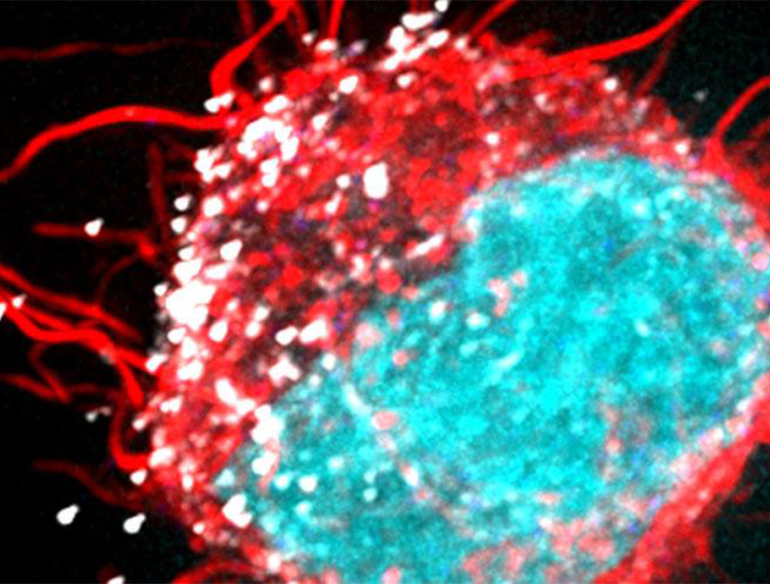Disease epidemics are dynamic with at risk populations changing over time. To detect changes in these epidemiological trends, disease surveillance must be conducted in a timely, accurate, and representative fashion using methods that are acceptable to who are the subjects of surveillance. Data collected as part of disease surveillance can be used to inform the development of an effective public health response with the goal to eradicate and eliminate disease.
Blood Borne Viruses and Sexually Transmissible Infections Surveillance provides a comprehensive analysis of HIV, viral hepatitis and sexually transmissible infections in Australia. The project develops estimates of incidence and prevalence for HIV, viral hepatitis, and sexually transmissible infections, by demographic and risk groups. Other areas of focus include patterns of treatment for HIV and viral hepatitis, and behavioural risk factors for HIV and hepatitis C infection. The project is responsive to changes in epidemiological patterns and works in concert with community stakeholder representatives.
You can find more about the methodology here.
Each year comprehensive annual reports on the epidemiology of blood borne viruses and sexually transmissible are produced. Additionally, reporting against the National strategies for blood borne viruses and sexually transmissible infections is presented in reports. Interactive data dashboards are regularly updated with the latest epidemiological data.
The resulting output from the project is used to inform the development of public health policy and interventions by government and community stakeholder groups.
Australasian Sexual Health Alliance, Sydney, NSW; Australasian Society for HIV, Viral Hepatitis and Sexual Health Medicine, Sydney, NSW; Australasian Society for Infectious Diseases, Melbourne, VIC; Australian Federation of AIDS Organisations, Sydney, NSW; Australian Government Department of Health, Canberra, ACT; Australian Injecting and Illicit Drug Users League, Canberra, ACT; Australian Institute of Health and Welfare, Canberra, ACT; Australian Paediatric Surveillance Unit, Westmead, NSW; Australian Red Cross Lifeblood, Melbourne, VIC; Centre for Social Research in Health, UNSW Sydney, Sydney, NSW; Communicable Diseases Network Australia, Canberra, ACT; Hepatitis Australia, Canberra, ACT; Burnet Institute for Medical Research and Public Health, Prahran, VIC; National Aboriginal Community Controlled Health Organisation, Canberra, ACT; National Association of People with HIV Australia, Sydney, NSW; National Serology Reference Laboratory, Australia, Fitzroy, VIC; Scarlet Alliance, Australian Sex Workers Association, Sydney, NSW; WHO Collaborating Centre for Viral Hepatitis, The Doherty Institute, VIC; Communicable Disease Control Section, Health Protection Service, ACT Government, Canberra, ACT; Communicable Diseases Branch, Health Protection NSW, NSW Health, NSW Government, North Sydney, NSW; Sexual Health and Blood Borne Virus Unit, Centre for Disease Control, NT Health, Northern Territory Government, Darwin, NT; Communicable Diseases Branch, Queensland Department of Health, Queensland Government, Brisbane, QLD; Communicable Disease Control Branch, SA Health, Government of South Australia, Adelaide SA; Department of Health and Human Services, Tasmanian Government, Hobart, TAS; Communicable Disease Epidemiology and Surveillance, Health Protection Branch, Department of Health, Victoria State Government, Melbourne, VIC; Communicable Disease Control Directorate, WA Department of Health, Government of Western Australia, Perth, WA.
Australian Department of Health. Scheme - BLOOD BORNE VIRUSES & SEXUALLY TRANSMISSIBLE INFECTIONS - SURVEILLANCE, Funder ref. no. - 4-E0AZC3O, Funding agency - DEPARTMENT OF HEALTH - BLOOD BORNE VIRUSES & SEXUALLY TRANSMISSIBLE INFECTIONS - SURVEILLANCE.

